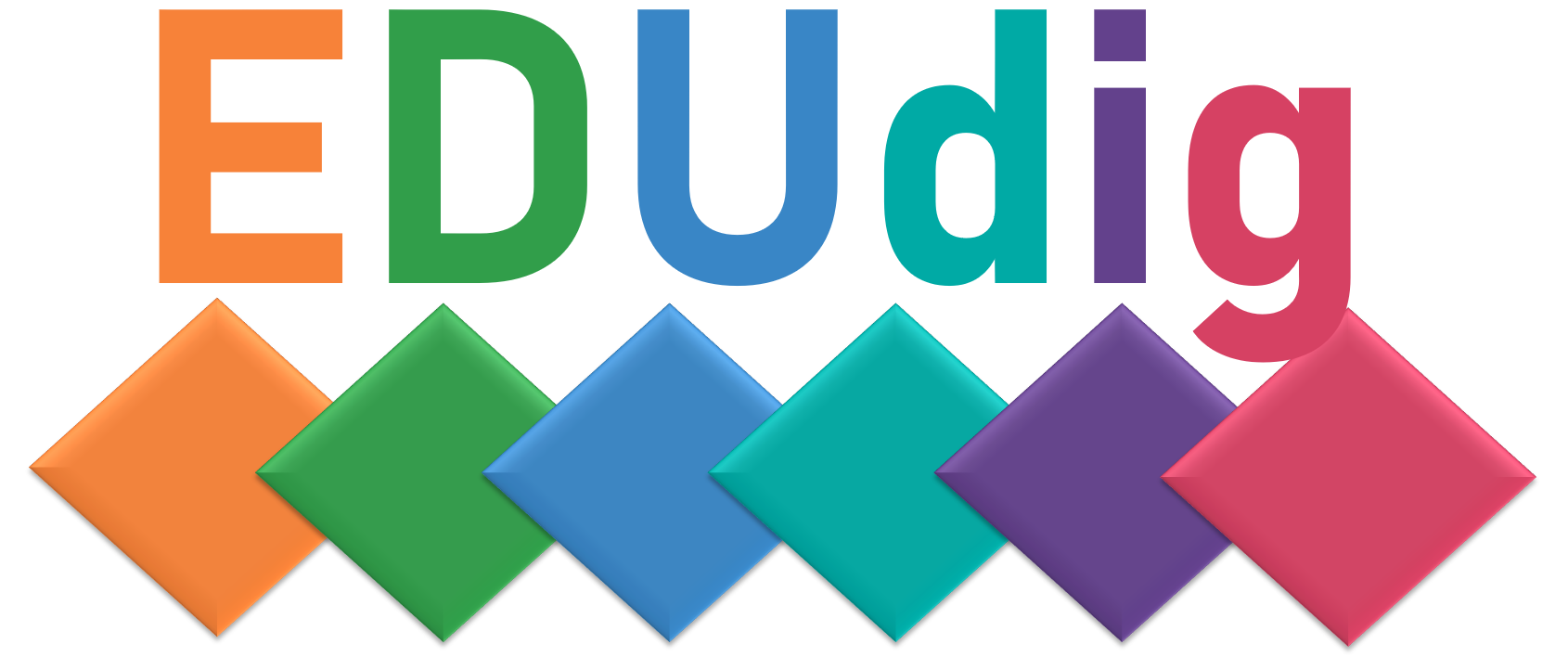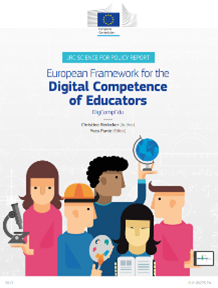Training
Why this e-handbook has been created and for whom
Until recently, implementing e-lectures and digital courses in general was more a nice-to-have than a must-have, an add-on delivered and provided by digital enthusiasts, including those who are strongly interested and engaged in digital transformation of (higher) education. The COVID-19 pandemic, however, forced educators to rapidly change their way of teaching from physical, face-to-face teaching into online modes of distance teaching. This sudden transformation demanded considerable adaptations and changes from various educational stakeholders, mainly though from teachers and students. Didactic concepts had to be rearranged, e-learning tools had to be found and tested, and new ways of communicating and working together had to be defined.
All these experiences, gained in the sudden transformation of the educational model caused by the COVID 19 lock-down period, confirm the necessity of a common, standardised, and structured content plan that helps teachers (as well as other stakeholders such as students and administration) to reflect and develop their digital and e-teaching competencies. Thus, they would also contribute their indespensible part to the digital transformation of (higher) education which has been announced and praised for decennia but not always and everywhere been as successful as desired and required [1].
Against this background, the well-established European Framework for the Digital Competence of Educators DigComEdu [2] integrates different approaches and defines educators’ professional and pedagogic competencies as well as learners’ competencies in the following six specific areas of
- Professional Engagement;
- Digital Resources;
- Teaching and Learning;
- Assessment;
- Empowering Learners;
- Facilitating Learners’ Digital Competencies.
These areas comprise 22 basic competencies, ranging from organisational communication through assessment strategies to information and media literacy, each of which is characterised by a list of activities (DigComEdu) [2]. However, it was a starting point and motive of the EDUdig project that these activities of the DigCompEdu Framework are rather abstract, operationally less specific and do not provide educators with practical information on how to achieve and implement the outlined goals in practice.
Therefore, the main objective of the EDUdig project was to fill the DigCompEdu Framework with practical content, including didactic concepts for online lectures, e-learning tools, and recommendations. These contents were developed in the first phase of the project, thus generating a Collection of Didactical and Digital Approaches and Tools for Educators. Using the results of the EDUdig project, educators also have the opportunity to develop their online competencies, depending on their level of progression (A, B and C proficiency levels, see below), through online courses and through this e-handbook for self-paced learning. The aim was to enhance and augment the DigCompEdu Framework so it can serve as a practical, useful resource for educators willing to develop their digital competencies.
The main target groups of this e-handbook are all educators with focus on higher education. However, many results of the EDUdig project can also be used by other stakeholder such as students and in other educational contexts such as secondary eductaion or lifelong learning.


